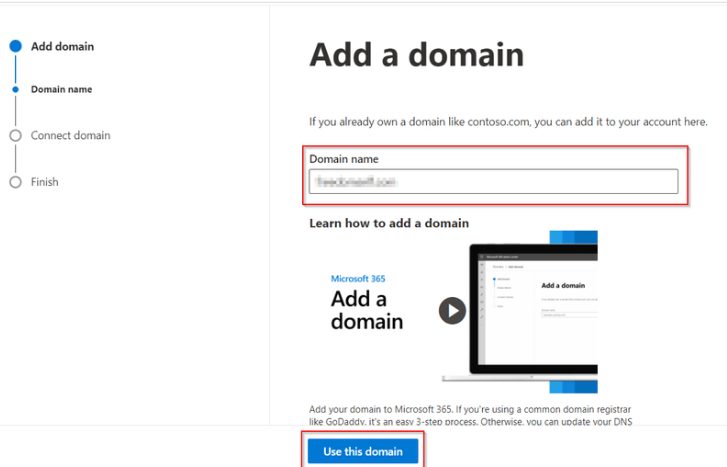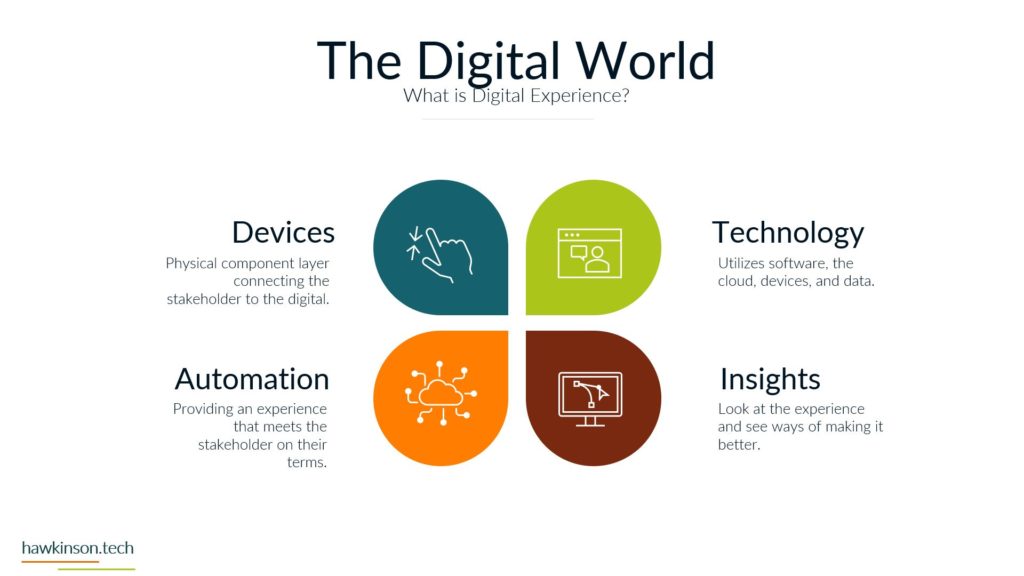Shopify is one of the best global commerce platforms available today. It is designed to help users create customizable online stores with a wide collection of built-in options. You don’t need crazy technical know-how or a huge amount of money to turn your ecommerce dream into a reality. Shopify makes it simple to build your online marketplace.
Key features
Beginner-friendly
Shopify is extremely easy to use and you don’t need a lot of technical knowledge to get started. All you need is a business idea. Then, you can select a Shopify plan and start building your store. Initial sign-up only takes 10 minutes.
Multiple Themes
Shopify offers 64 premium themes and 10 free themes. All themes are adaptive to mobile devices, which means they will automatically resize to accommodate screens on smartphones and tablets. The themes offered by Shopify have a modern, polished appearance. You can always discover the ideal tone for your business because each is available in a wide range of styles and color schemes.
Security
Unlike systems like WordPress, where you are liable for handling your site’s safety, Shopify stores are inherently safe. Alternatively, Shopify manages cyber threat defense, deploys updates, and complies with legal requirements for managing online transactions. This makes running an online business a lot simpler than it would be if you had to handle everything yourself!
POS functionality
The extensive Point of Sale (POS) capability and hardware that Shopify offers warrants special attention because it sets it apart from its rivals. Thanks to its POS system, you may use the Shopify platform to sell digitally and offline. A variety of hardware is available to buy to assist you with this, including card readers, barcode readers, tills, and receipt printers.
Other features
- Free stock photos
- SEO friendly
- Free updates
- Easy tax calculations
- Digital selling
- Dropshipping
- Community forums
- Video tutorials available

























